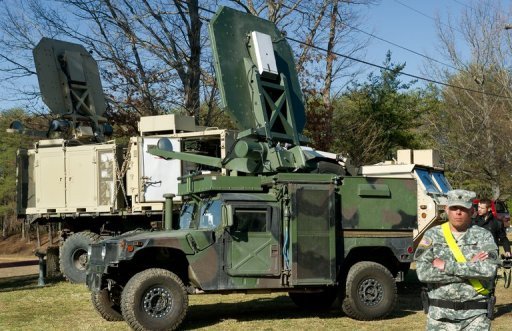In June at the beginning of the month, military police were summoned to disperse a crowd of protestors near The White House. Investigations by NPR have stated that before it was cleared out, a military police officer was found asking if a ‘heat ray’ weapon was available with D.C. National Guard.
It is being said that if the ‘weapon’ was asked for, it is likely that he had seen it before. The answer can be looked into at the Joint Intermediate Force Capabilities Office website, filed under the Department of Defense’s Non-Lethal Weapons Program.
Called the Active Denial System (ADS), it is a “non-lethal directed-energy weapon capable of shooting man-sized (5 ft – 1.5 m) beam millimeter waves up to a distance of 3,280 feet (1,000 m),” according to an FAQ page on the website. Kinetic weapons like rubber rounds possess a hazard of injury whereas the ADS is effective no matter the of, gender, and age, according to the website.

It is written there that the weapon does not use a laser or work as a microwave oven. In fact, at 95 GigaHertz, its frequency is much higher than a microwave (2.45 GHz) and since it is fired for very short durations, it produces only a heat sensation on the skin surface.
The Non-Lethal Weapons Program has spent over 15 years making the weapon and has conducted over 13,000 exposures of the waves to gauge its safety.
At present, there are two system configurations available for the weapon. The first is a strong mobile system transported by Marine Corps MVTR truck whereas the other is an armored, containerized system transportable by tactical vehicles, the website said. Both systems have completed intense military utility trials and can be used quickly on request.
Currently, the U.S. Army is working on solid-state monolithic microwave integrated circuits to improve the size, weight, and cooling on the ADS that will allow integration into various mobile platforms. Gallium nitride (GaN) is more efficient than silicon for integrated circuits.


